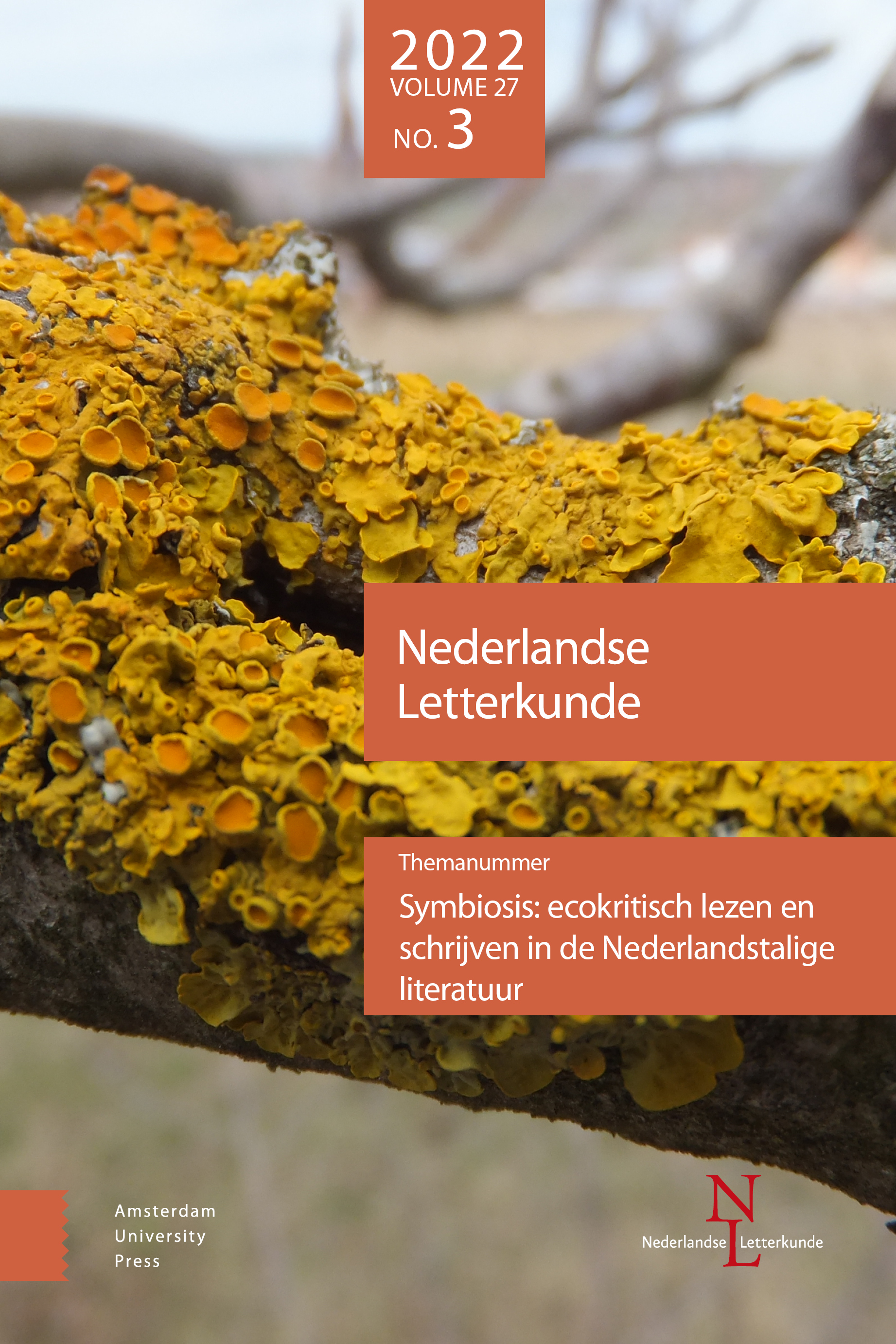-
oa Van boerderij tot buitenhuis
Identiteitsvorming en machtsverhoudingen in het achttiende-eeuwse stroomdicht
- Amsterdam University Press
- Source: Nederlandse Letterkunde, Volume 25, Issue 3, Dec 2020, p. 253 - 274
-
- 01 Dec 2020
Abstract
Dutch literary historians have nearly always regarded the genre of the river poem (in Dutch: stroomdicht) as uninteresting. When river poetry is discussed, it is usually discussed in the context of odes to cities. Anglo-Saxon literary historians have paid more attention to the genre of river poetry and interpreted the early-modern river poem in the context of both the search for national and regional identity and the confirmation or refutation of male, upper-class authority. In this article, it is demonstrated that these frameworks of interpretation can be of use in the analysis of two (once) well-known exponents of Dutch eighteenth-century river poems: Dirk Smits’s De Rottestroom (1750) and N.S. van Winter’s De Amstelstroom (1755). Both river poems establish and justify male, upper-class authority; Smits constructs a predominantly regional identity through images of the Rotte basin, while Van Winter cultivates a national identity through the image of Amsterdam as centre of the Dutch Republic.


